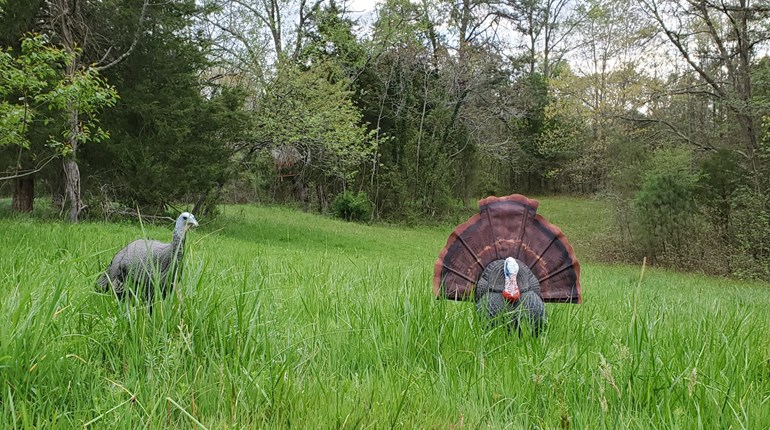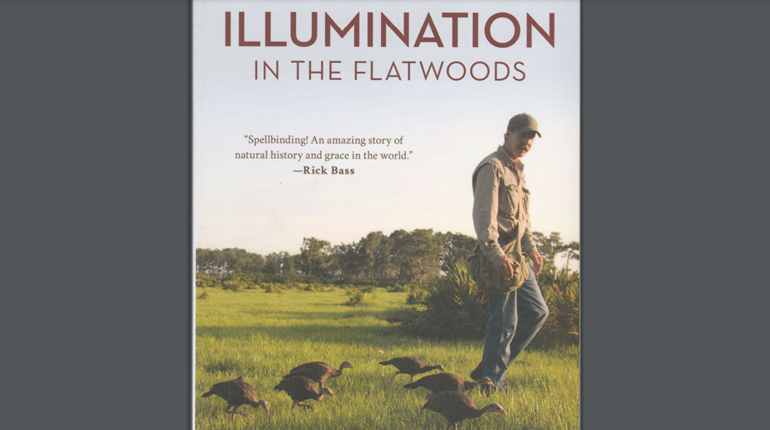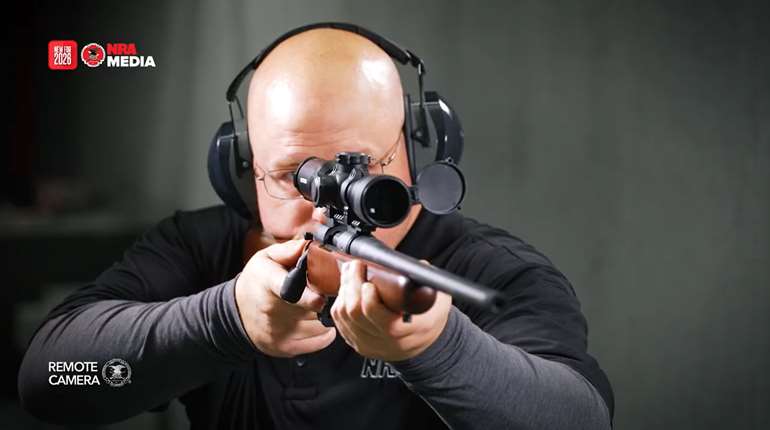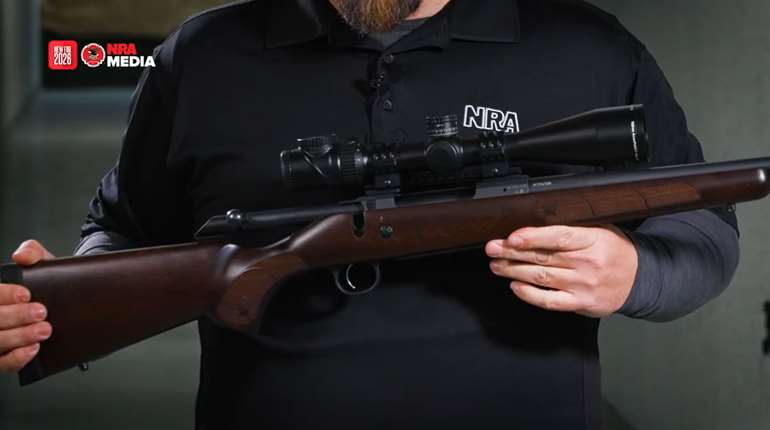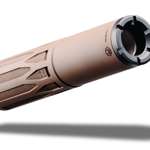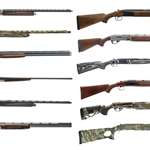
If you bowhunt turkeys, which do you chose—an old-school, replaceable-blade broadhead, or new school mechanical head?
Last spring, I killed four gobblers with a Hoyt Carbon Element set at a tick under 70 pounds; my shafts were tipped with both mechanical and replaceable-blade broadheads. I wanted to see for myself if there was any real difference in terminal performance. I killed two birds with the same 100-grain Thunderhead with which I have killed countless big-game animals, then used a 100-grain, 3-blade New Archery Products Gobbler Getter mechanical on two. In only one instance did a bird run more than 50 yards after the shot.
As I travel around the country during turkey season I see more and more archers loading up with mechanical heads. Popular choices include the Swhacker; Rage; G5 Tekan and Tekan II; New Archery Products Spitfire, Scorpion XP, Shockwave and Gobbler Getter; Wasp Jackhammer SST; Mar-Den Vortex; Rocket Steelhead XL, Ultimate Steel, Miniblaster, and Meat Seeker; Game Tracker First Cut EXP and Silvertip; G-5 F-15 Dual Blade; Grim Reaper Razortip and Razorcut SS; Cabela’s Lazer Strike and Aftershock Archery HyperShock and the like—all good choices. Those who like to go radical have been shooting the Gobbler Guillotine from Arrowdynamic Solutions, which is designed to literally take a bird’s head right off. Broadhead weight is not important, except in terms of how it affects the accuracy of your bow. Accurate arrow flight and razor-sharp blades are what’s important.
Some bowhunters like to put a “stopper” behind their broadhead to inhibit penetration. The idea is that if the arrow shaft stays in the bird, it will both transfer 100 percent of its shocking power to the turkey, and, with the shaft still in the body cavity, it will be much more difficult for the turkey to flop or fly off before you can race out and pick him up. The Bateman Small Game Stopper, Zwickey Scorpio and Muzzy Grasshopper are three excellent products for this.
After watching several archers shoot gobblers and with my own experiences, I have come to believe that both schools of thought are right. It all boils down to your own preferences and what you feel comfortable shooting. To be honest, it took me a long time before I was comfortable shooting anything with a mechanical broadhead. I still lean towards the proven performance of the Thunderhead when it comes to big-game hunting. This spring, though, for turkeys I am going with the NAP Gobbler Getter. I turned the poundage of one of my Hoyt big game bows down to about 65 pounds, then tuned it to shoot them like laser beams. Then, once turkey season is done for me and it is time to start chasing black bears, I’ll crank it back up to 70 pounds and get it tuned and dialed in with a 125-grain Thunderhead.













